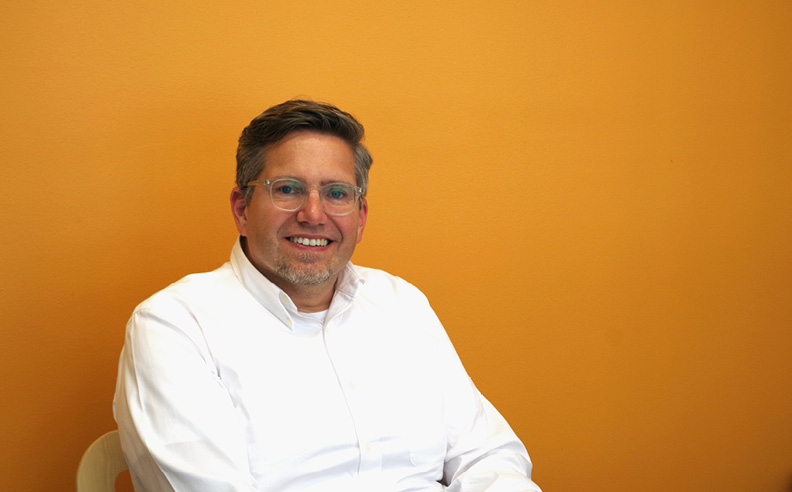Join us in welcoming Saul Ettlin to our high-impact consulting team, which provides technical assistance to nonprofit organizations in financial management and real estate. Saul comes to Community Vision with over 15 years of nonprofit management and real estate experience. We invite you to learn more about Saul.
What were you doing before joining the team at Community Vision?
Prior to coming Community Vision I worked at Tides. Tides supports the philanthropic and social change sector by providing backbone services including collective action funds, donor advised funds and fiscal sponsorship. I was part of the team that oversaw its real estate including its nonprofit center, the Thoreau Center in the Presidio, which is home to 75 nonprofit and social enterprises.
What brought you to Community Vision? Tell us about your new role.
With my strong interest in multitenant nonprofit centers and nonprofit ownership of real estate, I was excited to apply for the position of Real Estate Consultant with Community Vision. Like much of the rest of the real estate consulting team, I will be working to help Northern California nonprofits solve their space challenges. From securing new, leased space to exploring ownership to analyzing the performance of current assets, we provide guidance to organizations around their physical infrastructure.
How did you first become involved with nonprofit real estate?
I came to nonprofit real estate through a strong interest in small organizations sharing resources. While living in Toronto, I worked for a tenant organization of the Center for Social Innovation (CSI). There I was first exposed to the idea of a collaborative, nonprofit multitenant center. CSI has a robust community with shared amenities and services and an active peer learning community. It is there I got to see firsthand the positive impact of quality, affordable office space on small and growing organizations. This interest in shared space led me to Tides where I first worked with the Nonprofit Centers Network team and then later on the management of Tides’ multitenant centers in San Francisco and New York.
Why do you think it’s important for nonprofits to be proficient in real estate?
Occupancy costs are the second highest cost after people for most organizations and nonprofits should be able to navigate the market and successfully acquire space that helps them enhance their mission. This includes being able to understand and consider ownership. While not all organizations will be able to purchase space for themselves, getting more real estate under nonprofit ownership is a key to stabilizing organizations through the ups and downs of the market, building a lasting asset for their institution and redirecting important resources to services and programs.
What real estate trends do you think are the most relevant to the nonprofit sector?
The way we work is changing and the future office with it. Earlier this year, I wrote a blog post on the topic and think nonprofits should be paying attention to these trends and how they will impact the space they need in the coming years. For the most part, I think it creates exciting opportunities for more collaboration and flexibility in the workplace. If unable to adapt, nonprofits may face increased challenges in attracting and retaining talent as other sectors build out dynamic workspaces.
What has surprised you most about working with Community Vision so far?
I was struck by the growth of the organization over recent years.
What was your first impression of Community Vision? What do you think sets us apart?
With Community Vision’s primary role as a lending institution, one might have expected it to be a staid environment. Instead, it is a friendly and relaxed yet professional workplace full of people committed to social equity.
What inspires you?
Right now, I am particularly inspired by young change makers all across the country working to make America a more just and equitable place. I serve on the board of the Bus Federation Civic Fund, which supports an affiliated network of young voter groups working in nine states. Whether it’s voter registration and get out the vote work or it’s a direct action against police abuses, the hard work and commitment of these young people driving for equality and justice is impressive.
If you could interview anyone from your life living or dead, who would it be and why?
President Obama. Because he’s cool and I’m going to miss him.
What’s the best part of your new job?
Learning, learning, learning. Whether it’s learning more about CDFI’s or new workplace culture and norms or going deeper into real estate, it’s great to be challenged and grow.





